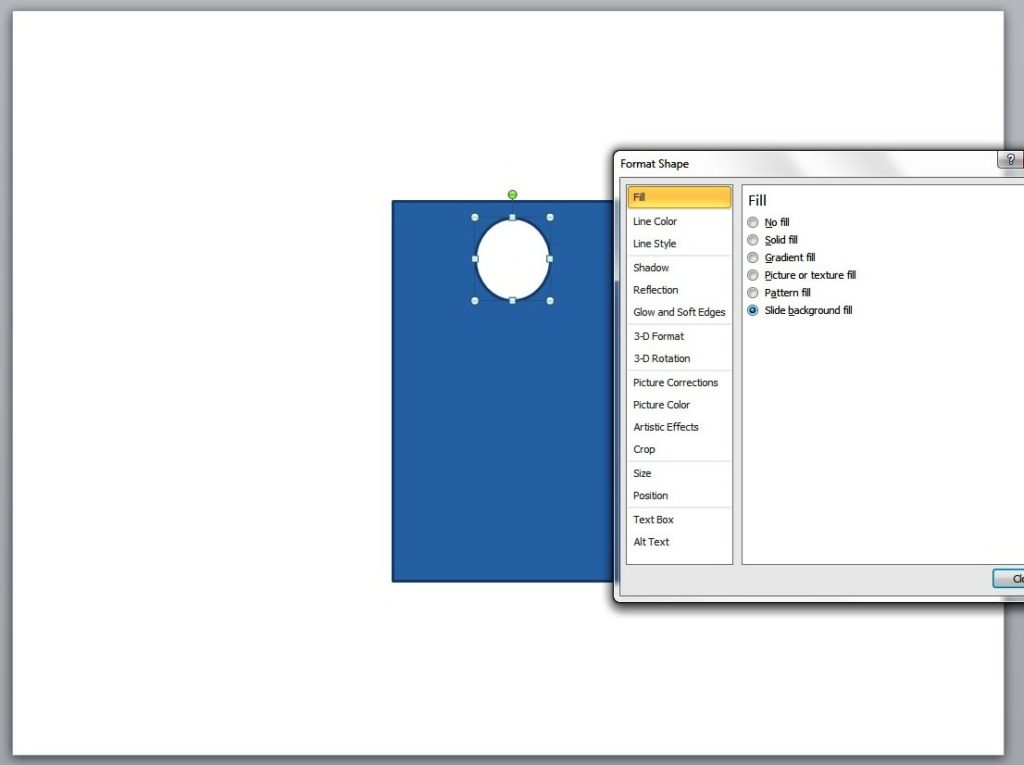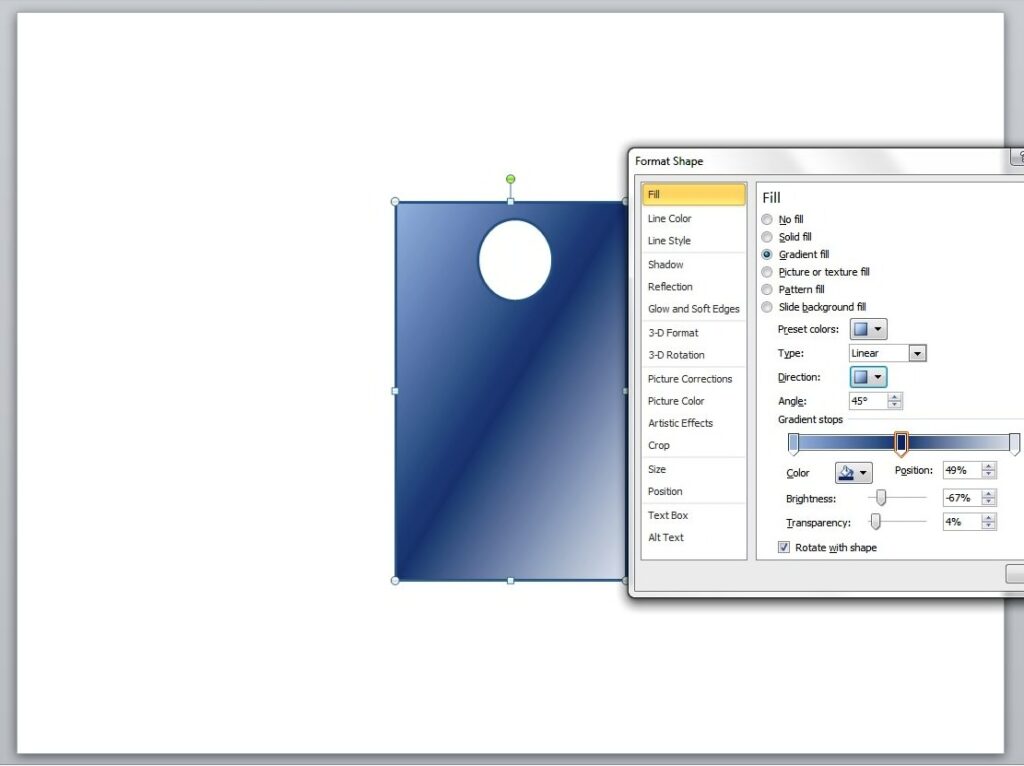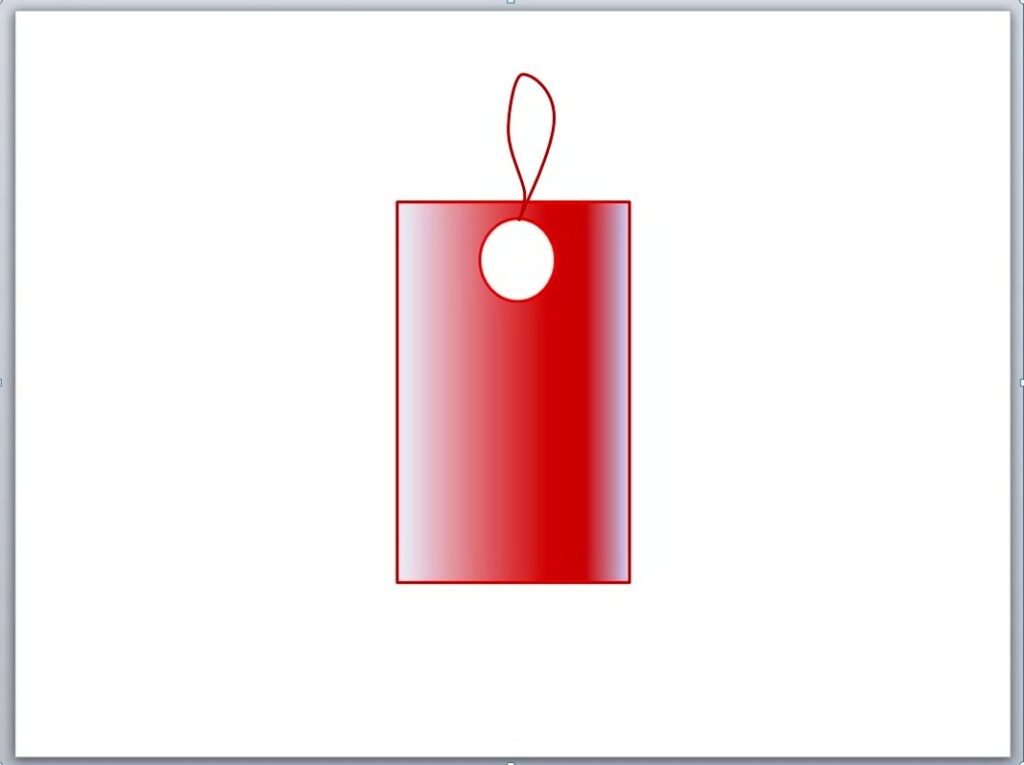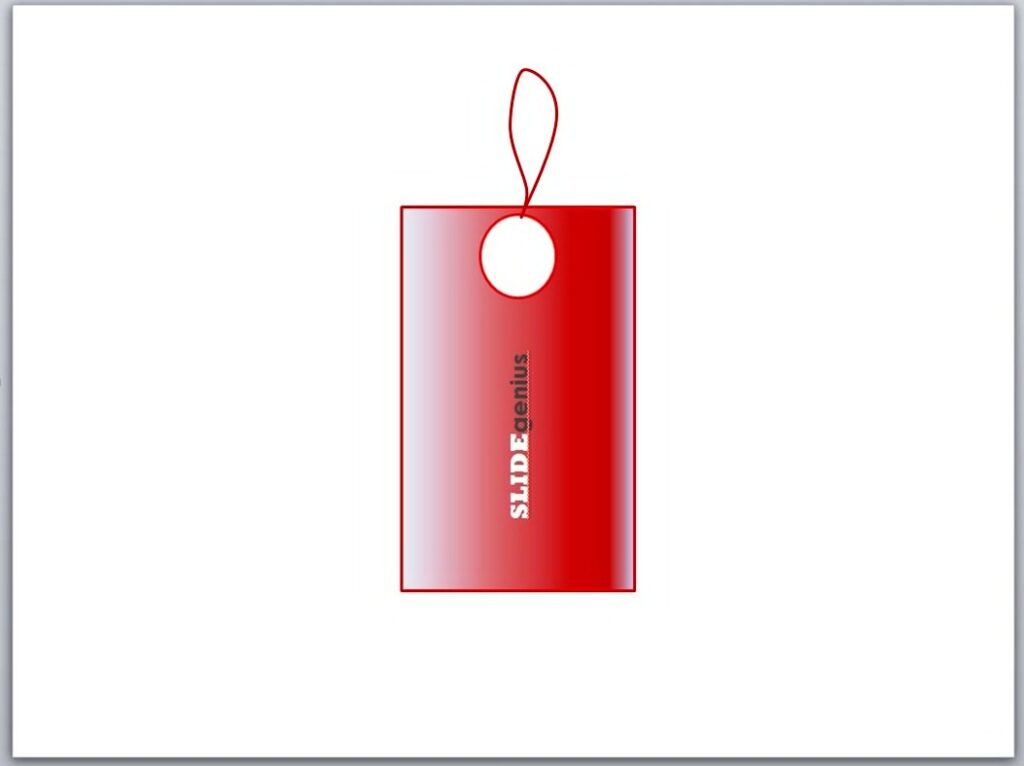Advertising agencies and presenters both sell products and services using effective messages, be it in the conference room, a lecture hall, a television, or a webinar.The problem is that the regular customer or client is subjected to several messages from different companies, each trying to get their products ahead of the competition.You have to go beyond offering what your competition can’t, because almost all competing companies employ the same strategy.
The Challenge
People construct several standards before making purchase-related decisions. This is what renowned author, Jim Aitchison, calls a personal cage.A personal cage is composed of all the experiences, knowledge, morals, and ethics we gain as we grow.These standards affect how we see and interpret every message we encounter, especially advertisements and sales pitches.Building your personal cage happens throughout your whole life.If the bars of the cage act as filters, find relevant messages that pass through these and sell your sales presentation ideas.
The Five Tricks
The Signpost
Signpost messages signify changes in certain kinds of behavior.As Aitchison cites in his book, Cutting Edge Advertising, the Pepsi vs. Coca-Cola story is a classic marketing example.When Michael Jackson became Pepsi’s new icon, they positioned themselves as the drink of the next generation. This led to many Coke drinkers permitting themselves to change those standards.When Steve Jobs unveiled the iPhone’s third quarter market share in 2008, he signified that times were changing for the US smartphone market.Within the first 90 days of its shipment, he showed the iPhone as a potential investment for customers and business partners alike.
A Newsflash
Introducing a new product or service in an ad pitch is challenging for any startup company, especially product launch advertisements.Position your message as a piece of news, like how Jobs introduced the iPhone in 2007.First, he built interest by announcing that Apple reinvented a new product type.Then, he briefly explained the current competition’s weaknesses: fixed keypads and limited functions.It was only after all this that he introduced what made the iPhone different and showed the actual product with its full touchscreen capabilities.This generates strong interest in your offer and highlights what makes you different and more appealing from other brands.
A Message of Support
People always look for something to rationalize an emotional need.Will people buy an expensive sports car to enhance their personal image?Will a company invest in a health insurance program to let employees feel that their well-being matters?Make clients feel that they’re understood. This matches their behavior (in this case, investing in your proposal) with their desires and attitudes.
An Existing Standard of the Client
Since your message is consistent with what your audience already believes in, they’re more likely to respond if you give something that reinforces their beliefs.Citing CreditUnion’s correspondence with Kraft CEO, Robert K. Deromedi, Demand Media’s Vanessa Cross discusses the mechanics of values-based marketing, particularly its customer-centric nature.Kraft wanted to reach out to parents who believed in giving their kids a proper meal, so the company pulled out their junk food advertising to establish credibility with their intended customers.
Shared Experiences
Like the way TED Talk speakers relate their presentations to personal experiences, offering another person’s perspective sells your message.Some experiences mirror your own, even at a conceptual level. This includes being plagued with restrictive problems then solving it intuitively.Look into your company’s product or service history. Did someone have a eureka moment after a long observation? Did someone experience something that led to developing what you sell?Everything has an interesting story behind it. Your sales pitch is no exception.–Everyone has something to dream about: a new house, a better car, a more luxurious lifestyle, etc.Everyone wants something, especially your clients. Make your sales pitch interesting enough to pass through your clients’ standards.Want to know more about using these five tricks more effectively? Hire SlideGenius, your presentation partner, to help you out.
References
“5 TED Talk Secrets for Persuasive PowerPoint Presentations.” SlideGenius, Inc. 2015. Accessed June 5, 2015.Aitchison, Jim. Cutting Edge Advertising: How to Create the World’s Best Print for Brands in the 21st Century. Singapore; New York: Prentice Hall, 2004.Cross, Vanessa. “The Goals of Values-Based Marketing.” Chron. Accessed June 5, 2015.



 Lastly, you’ll have to group all the shapes in a single label. Select all the elements and then right click on the label. Next, click on Group (and the other Group option that will appear) andNext, click on Group (and the other Group option that will appear) and Voila! You now have your very own product label tag that you can use for your sales presentation. For added impact, think about adding some text inside the tags.
Lastly, you’ll have to group all the shapes in a single label. Select all the elements and then right click on the label. Next, click on Group (and the other Group option that will appear) andNext, click on Group (and the other Group option that will appear) and Voila! You now have your very own product label tag that you can use for your sales presentation. For added impact, think about adding some text inside the tags.